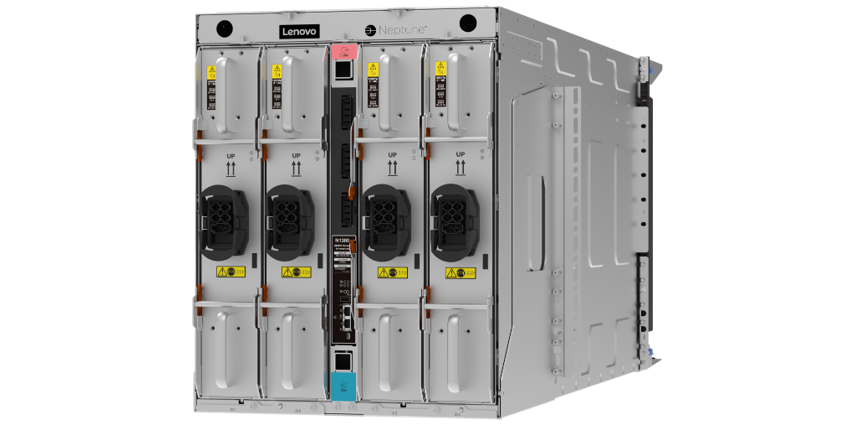 It can be tough to keep up with all that’s happening in HPC these days. Here are some notable items that may have not made it to the front page.
It can be tough to keep up with all that’s happening in HPC these days. Here are some notable items that may have not made it to the front page.
- AMD is looking to return to the HPC and datacenter server markets with their Zen architecture in the next couple of years. According to Timothy Prickett Morgan over at The Platform, the Zen design will have a high core count for top-end parts, and include a new high bandwidth, low latency cache system.
- The good folks at the DEEP project report that they are close to completing final Booster prototype hardware for their ambitious Exascale project. Meanwhile, the team optimizing the applications for Intel Xeon Phi (in terms of threading and vectorization) has made excellent progress. Application partners have been running preliminary scalability tests on the DEEP Cluster and on the Barcelona Supercomputer Center’s MareNostrum, JSC’s Blue Gene/Q and TACC’s Stampede systems. We look forward to hearing more at the ISC High Performance Conference in July.
- Speaking of the Barcelona Supercomputer Center, ZDNet has posted an interesting profile of their progress towards bringing ARM chips to high performance computing. Will these efforts spawn the European “Airbus of HPC?”
- Our friends at The UberCloud have been recognized as a “Cool Vendor in Oil & Gas” by Gartner in a new report. The recent decline of oil prices has amplified the need to rapidly improve efficiency and effectiveness in upstream oil and gas companies. This report highlights selected Cool Vendors that are bringing innovative capabilities to help upstream CIOs and IT leaders accelerate progress.
- Wisconsin’s Other Supercomputer Company, Dedicated Computing, announced the launch of its Explorer HPC, a liquid-cooled high performance compute cluster for the oil and gas industry. This modular, go-anywhere, high performance, high reliability compute solution helps overcome oil and gas industry operating challenges as it improves reliability and productivity. And yes, I do know that Cray is now headquarted in Seattle, but the boxes still come out of Chippewa Falls.
- The newly installed Rice supercomputer at Purdue is already simulating future severe weather patterns. As reported here, staff and volunteers installed the system in a single day this week.
- Researchers are using the Yellowstone supercomputer to model the effectiveness of cloud seeding. “Operators have been seeding clouds since the 1950s without much evidence that it works. But this (simulation) has shown conclusively that the preponderance of evidence points to an increase in snowfall under the right conditions.”
- The ISC Cloud & Big Data conference has extended their submission deadline for research papers to May 19, 2015. The Research Paper Sessions aim to provide first-class open forums for engineers and scientists in academia, industry, and government to present and discuss issues, trends, and results to shape the future of cloud computing and big data.



